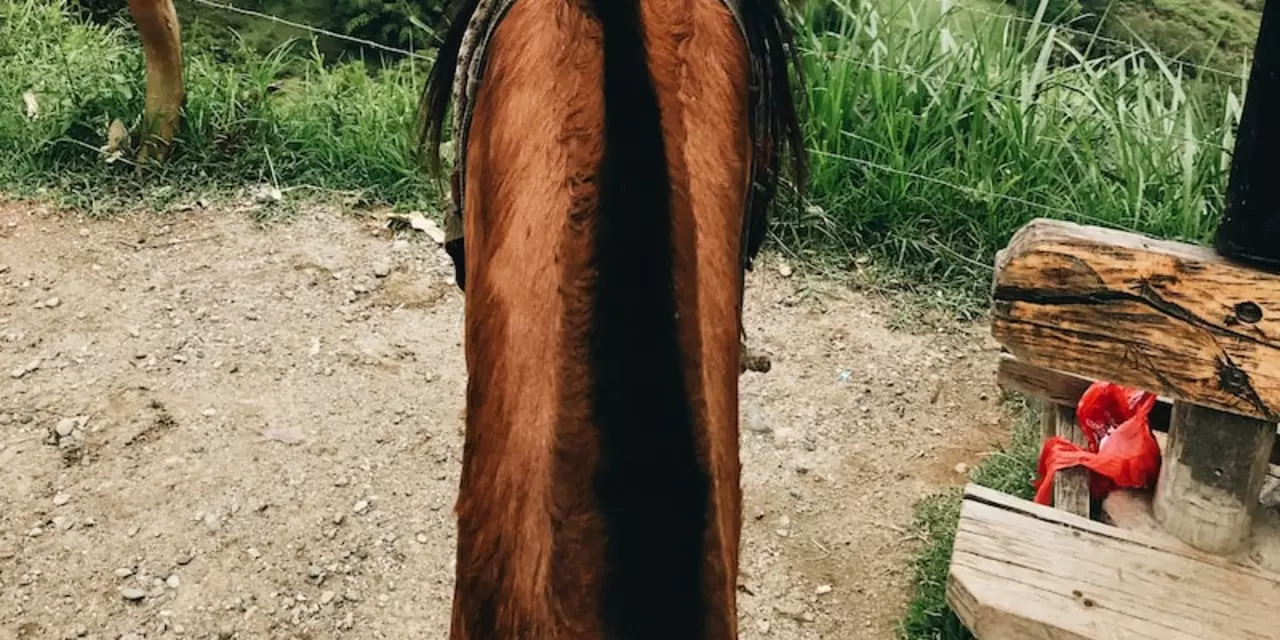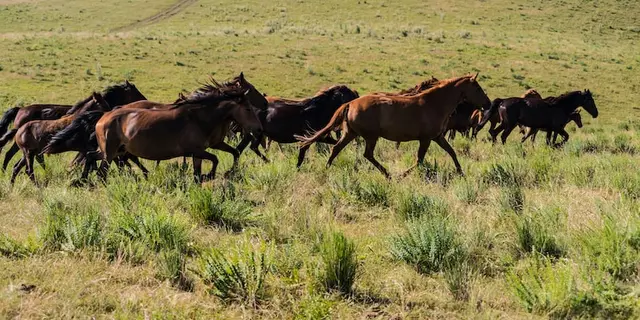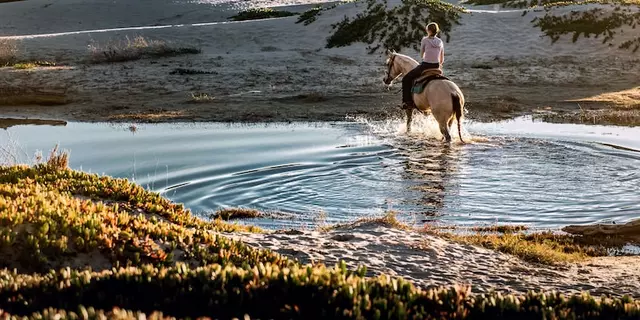Comparison Guides for Equestrian Choices
Looking for the best horse, equipment or lesson plan? You’re not alone. Most riders face a sea of options and wonder which one really works. Below you’ll get straight‑to‑the‑point comparisons that cut the fluff and help you decide fast.
Comparing Horse Breeds
First up, breed matters. If you want a calm partner for beginner lessons, go for an Andalusian or a Quarter Horse. They’re known for steady temperaments and easy handling. Want power for jumps or eventing? A warmblood or a thoroughbred brings speed and scope but needs a confident rider. Size also plays a role—taller horses suit taller riders, while smaller ponies are perfect for kids or those who prefer a lighter build.
Gear and Apparel Showdown
Helmet vs. hat? No debate—helmet wins every time. It’s the only headgear that meets safety standards and can prevent serious injury. Boots? Look for sturdy leather with a small heel; they stop your foot from slipping through the stirrup. As for riding breeches, choose stretchy fabric that allows full leg movement. A cheap synthetic pair might feel cheap after a few rides, while a well‑fitted pair lasts longer and feels comfortable.
Now let’s talk saddles. A good English saddle spreads pressure across the horse’s back, perfect for dressage and jumping. A Western saddle offers a deeper seat and is better for trail riding. Always test the fit: the tree should sit level, and your leg should have a slight bend at the knee.
Lesson options can be confusing too. Private lessons give you one‑on‑one focus, fast progress, and a schedule that fits you. Group lessons are cheaper and add a social element, but you’ll share the instructor’s attention. If you’re starting in your late teens, private lessons can speed up confidence, while group sessions help you make riding friends.
Age isn’t a barrier, but fitness matters. Riders over 60 often prefer lower‑impact disciplines like pleasure riding, while younger adults might enjoy eventing’s intensity. No matter the age, a warm‑up routine—light stretching and a few walking trots—keeps muscles ready and reduces back pain later.
Back pain after a ride? Compare your posture: sit tall, keep shoulders relaxed, and use a properly fitted saddle. Adding core exercises like planks or Pilates a few times a week dramatically cuts post‑ride soreness. Hydration and a short cool‑down walk also help muscles recover.
Finally, think about owning a horse ranch. A small pasture with a sturdy fence can be cheaper than a large acreage, but you’ll need enough space for turnout and a well‑ventilated barn. Compare costs: land, feed, vet bills, and insurance add up fast. If the budget feels tight, start with a lease‑to‑own arrangement or share a property with another rider.
Use these side‑by‑side checks whenever you face a new choice. Write down the pros and cons, test what you can, and trust your gut. The right comparison saves time, money, and keeps your riding fun.



